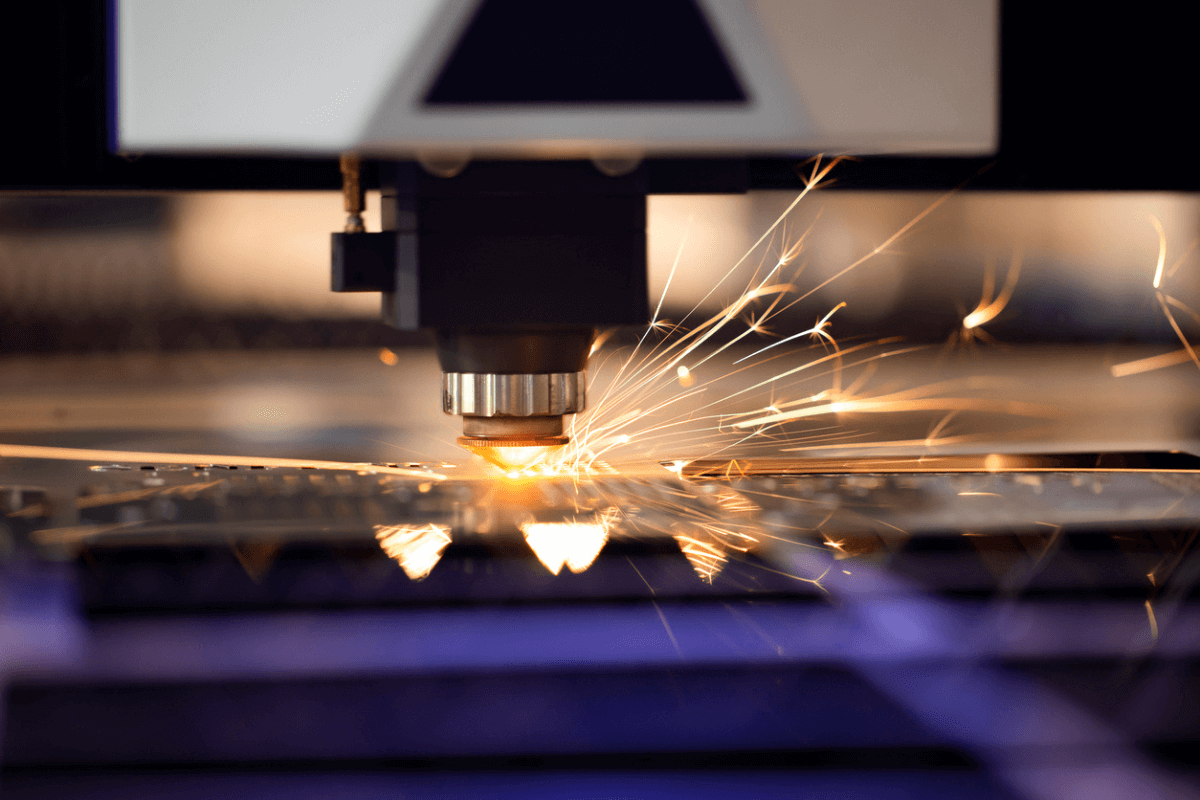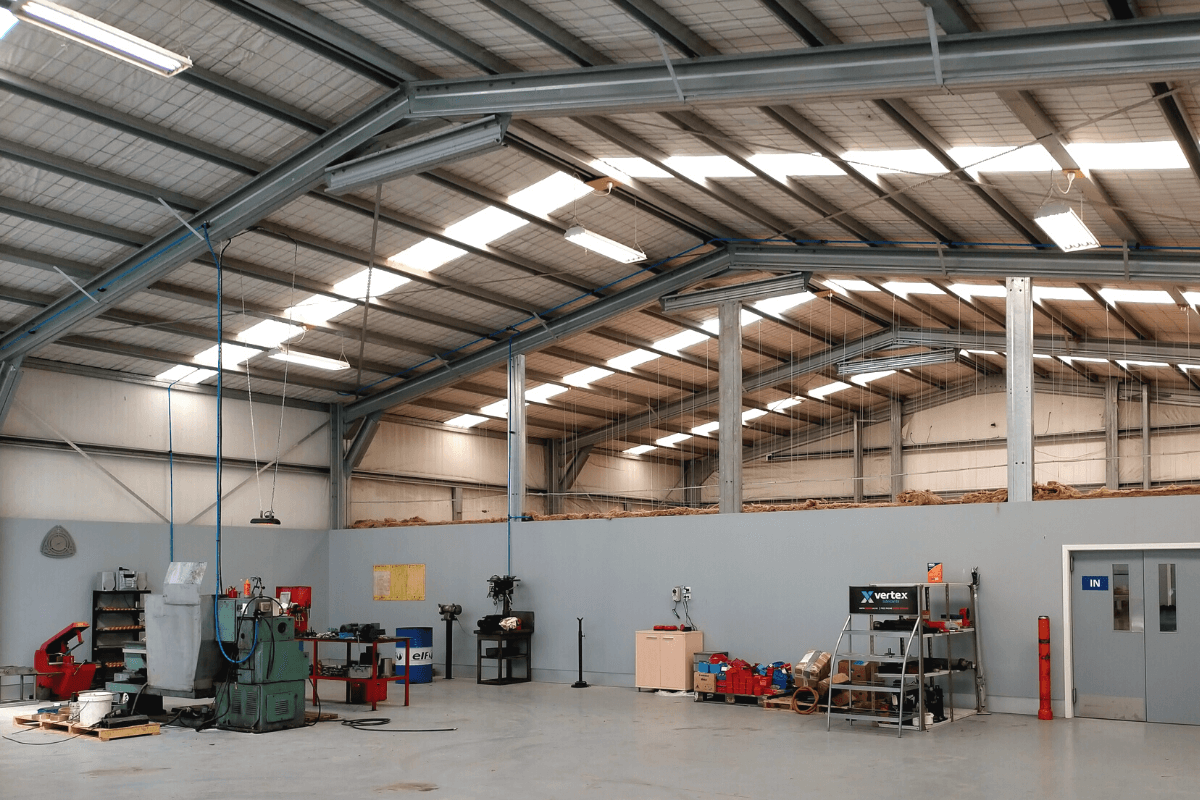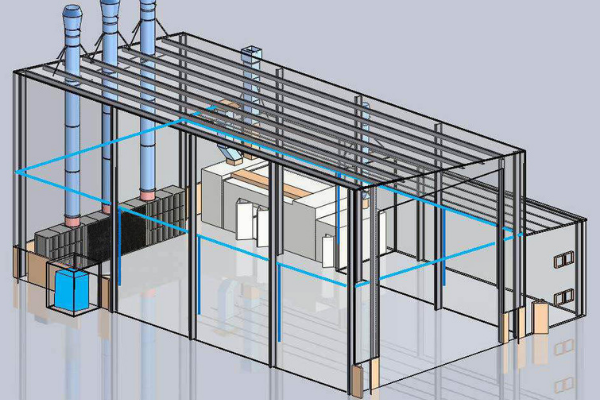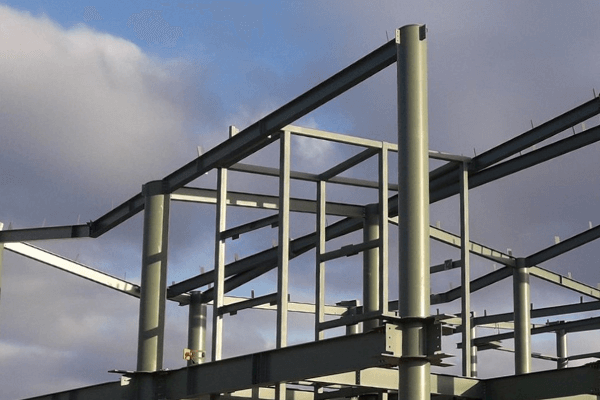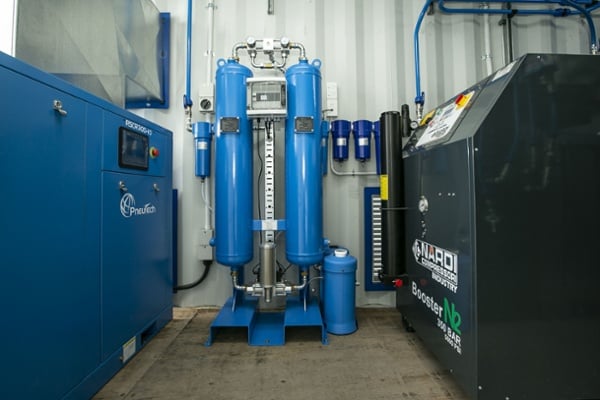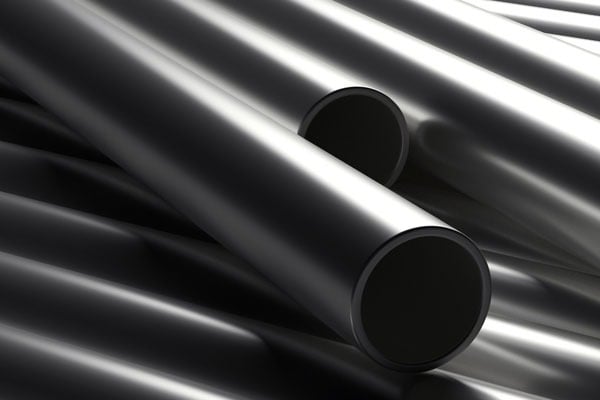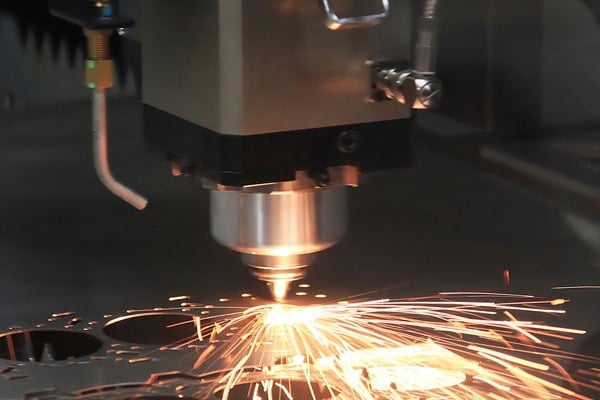Rotary screw air compressors are a newer, more advanced type of air compressor. As the name would suggest, a rotary screw compressor uses rotary movements to compress the air – this type of air compressor continues to grow in popularity and is now one of the most widely used compressed air technologies. Renowned for their durability and reliability, rotary screw air compressors are often found in demanding industrial environments that require compressed air 24/7.
While the upfront cost of a rotary screw compressor is generally higher than a traditional reciprocating (piston) compressor, they have several benefits that make them far more efficient to run and maintain, making them a more cost-effective option for long-term compressed air use.
How does a rotary screw air compressor work?
A rotary screw air compressor uses two spiral rotors, called rotary screws. These turn in opposing directions inside a metal housing, also known as the air end. While air enters through the top of the housing at one end via an inlet valve, it is mixed with oil and travels down through the rotating rotary screws.
The two rotary screws are lubricated with oil so they can rotate in unison and spin freely. As the air moves down, the volume decreases significantly and compresses the air before it exits through the metal housing.
When the air has been compressed, it is transferred through filtration to separate it from the oil. It is then stored in an air-receiver tank and is ready for use.
To learn more about our range of rotary screw air compressors, download a free copy of the Permanent Magnet Air Compressors Brochure.
How a rotary screw compressor works in 9 steps
There are several steps involved in the flow process of a rotary screw compressor, as outlined below.
- Screws turn rapidly in opposing directions.
- Screw revolutions create a vacuum, pulling atmospheric air into the inlet valve through the air filter.
- Air enters the air-end where it is trapped, mixed with oil and compressed as it moves down the screw chamber.
- Compressed air mixed with oil exits the air end via the discharge port.
- Compressed air mixed with oil enters the oil separator tank where the oil is separated from the compressed air.
- Oil collected in the oil separator tank is moved to an oil cooler where it is cooled down.
- Oil-free compressed air exits the filtration system and enters the air-receiver tank where it is stored for use.
- The cooled oil is sent to an oil filter where any remaining debris and contaminants are removed.
- The filtered oil is recycled back into the air-end for lubrication via the scavenge return line.
For a visual understanding of how a rotary screw compressor works, please check out this animated video that MAN Diesel & Turbo have created explaining the basic principles of the rotary screw.
Rotary compressors: Size and capacity
The capacity of a rotary screw compressor is typically rated by horsepower (HP), kilowatt (kW), or standard cubic feet per minute (CFM). Another unit of measurement that is important is pounds per square inch (PSI) which can vary depending on the application.
Most common rotary screw compressors are manufactured to produce a continuous supply of 116 PSI (8 Bar) or 145 PSI (10 Bar) pressure however special rotary screw compressors are also manufactured for applications that require higher pressure than this.
Rotary screw compressors are commonly available in anything from 5 HP up to 500 HP and can produce airflows of 18 cfm to 2500 cfm respectively. Generally, the most pressure that can be obtained using single-stage screw compression (one set of rotors) is around 250 PSI, however by using a 2-stage screw compressor (two sets of rotors), pressures of up to 600 PSI can be obtained.
It is important to note that a screw compressor is designed and manufactured to operate at a certain pressure level and generally won’t be able to cover a large range of output pressures.
For example, a 116 PSI (8 bar) screw compressor won’t be sufficient to produce 145 PSI (10 bar) pressure output as its ‘air-end’ and systems are different and, therefore, won’t be able to produce higher pressure without running into problems. Having said this, there are now more advanced rotary screws available that can efficiently produce a range of pressures from 8 to 14 Bar, however as the pressure is increased, the CFM output will decrease.
Rotary compressors: Applications and industries
Rotary screw compressors are built for continuous or near-continuous compressed air supply up to 24 hours a day, 7 days a week. As such, they are often used in larger industrial applications and engineering compressor environments. However, smaller variable-speed drive (VSD) rotary screw compressors also provide a more efficient compressed air solution for smaller industrial applications too.
Made to only supply the exact amount of compressed air required and with the ability to automatically switch off and on, smaller rotary screw compressors are now a fantastic and efficient alternative for environments that may have relied on a traditional reciprocating air compressor. As such, rotary screw compressors have now become the air compressor of choice for many different applications.
Manufacturing and packaging
Rotary screw compressors are also valuable in industries such as food and beverage packaging plants, automated manufacturing facilities, and medical manufacturing. In these environments, there is a continuous demand for compressed air. For this reason, many medical compressors manufacturers opt for are a rotary screw design.
Industrial and construction
Manufacturing facilities that have frequent intermittent demand for compressed air such as smaller timber joineries also use rotary screw compressors and sometimes when the demand is less frequent, a variable-speed rotary screw compressor will be the preferred option to help save on energy costs.
Portable rotary screw compressors are also commonly used in the construction industry to provide compressed air to pneumatic-operated oil pumps, jackhammers, sandblasters, industrial paint systems and many other construction tools. These compressors are mounted on tow-behind trailers and powered by diesel engines. It is a common and necessary machine for most construction and civil work sites around the world.
Air compressor repairs NZ — 24/7 air compressor services
Engineering and compressor services are critical in diagnosing and addressing issues such as overheating, oil leaks, or reduced air output. With timely air compressor services, you can minimise downtime and costly replacements.
Particularly in medical applications, precision and air quality are paramount, which is why medical compressor manufacturers recommend frequent compressor repairs, inspections, cleaning, part replacements, and other air compressor services.
For businesses seeking comprehensive support, our Master Maintenance Team provides 24/7 support every day of the year. Our engineering and compressor services offer tailored solutions that enhance energy efficiency and system reliability. This will not only extend the life of your compressors and minimise interruptions but will also ensure peace of mind.
Enquire today about all your Engineering compressor services and repair needs.
Rotary screw compressors
As industrial compressed air suppliers, we know just how valuable an efficient rotary screw air compressor is, which is why we stand by the range from PneuTech.
PneuTech’s RSCRV and RSCRPM series of variable-speed rotary screw air compressors have achieved well-deserved renown in the marketplace for their unparalleled performance, energy-saving efficiencies and long-term reliability. With cutting-edge technology and proven engineering processes, the permanent magnet range will bring further efficiencies to your factory, by more accurately matching air supply to the demand, with as little as 120 seconds of turn-down time. Significant power savings can also be achieved – as high as 60 percent in some cases!
Want to know more about this range of energy-efficient air compressors? Learn more in the free brochure below.






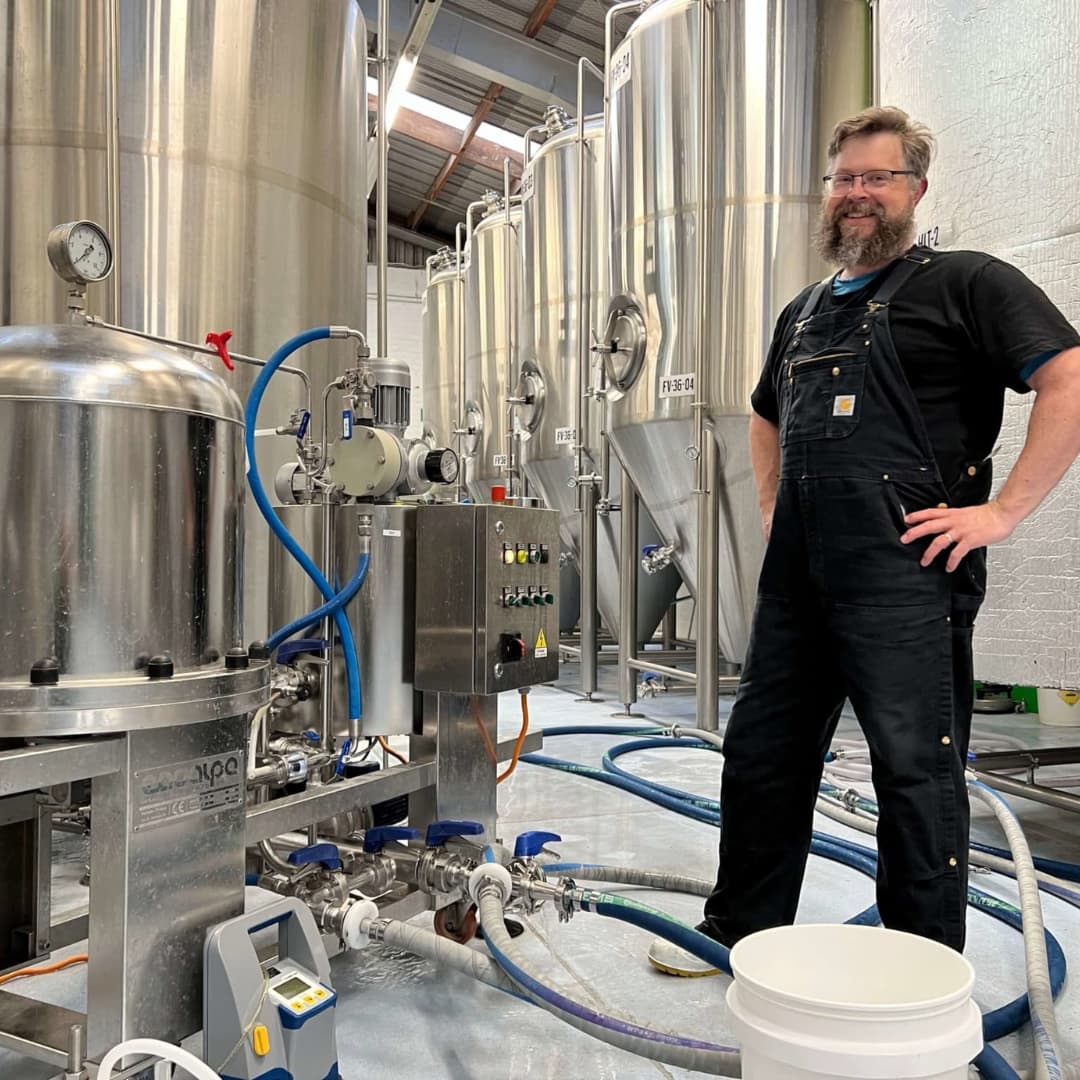
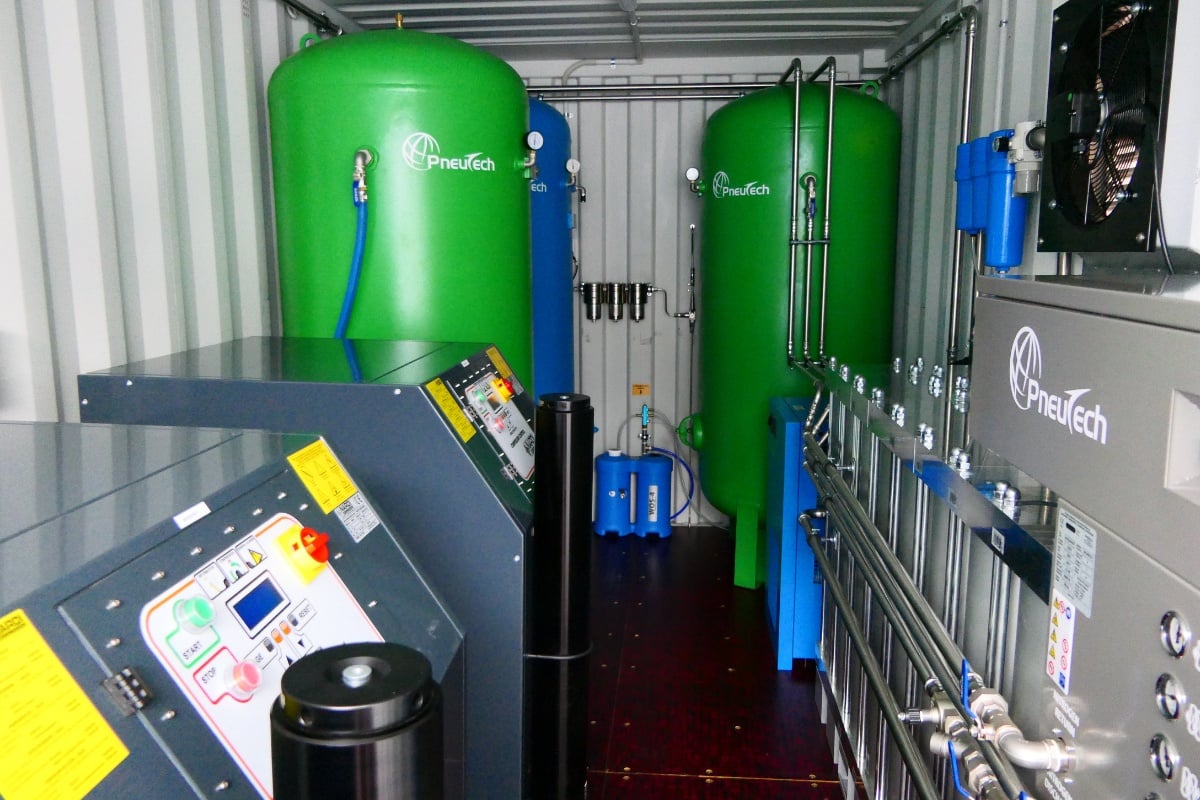
.jpg)


